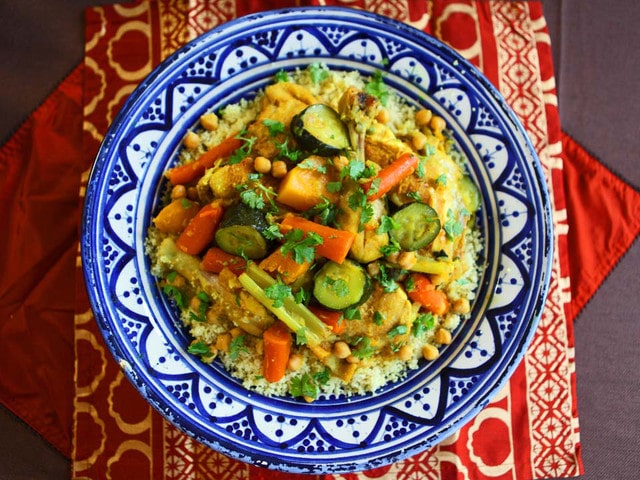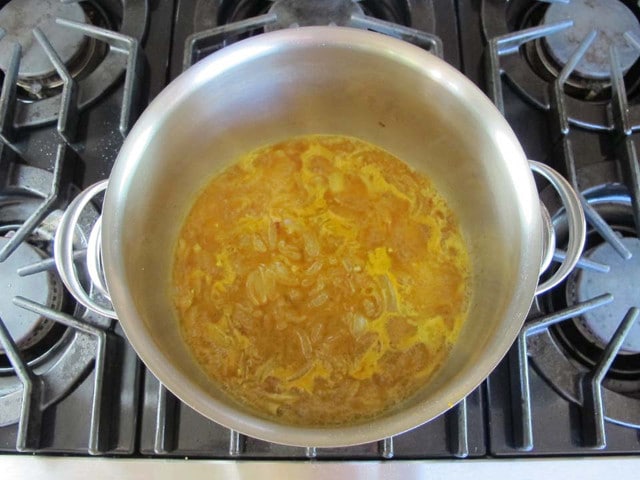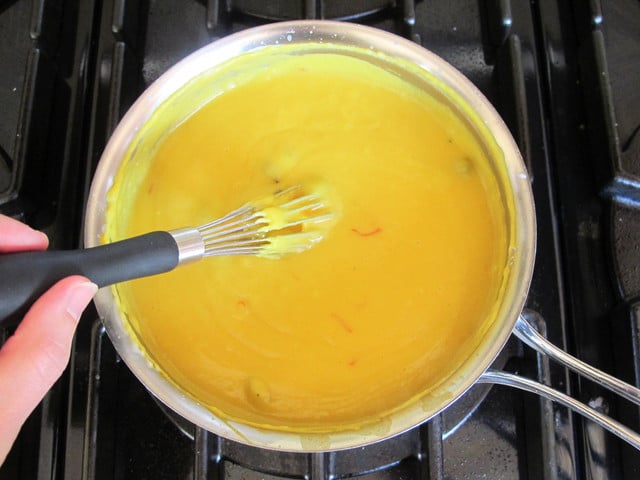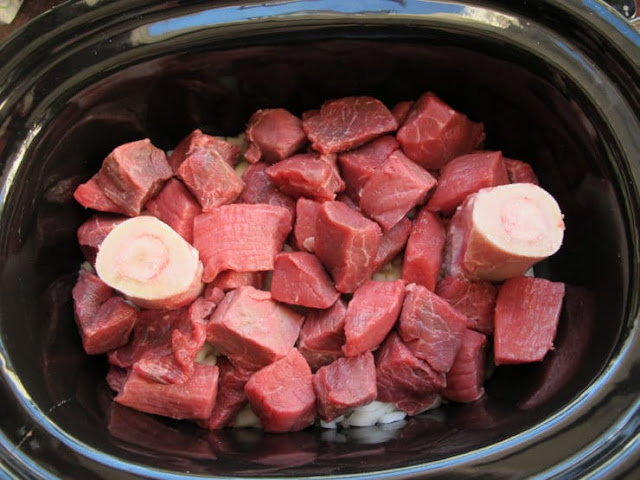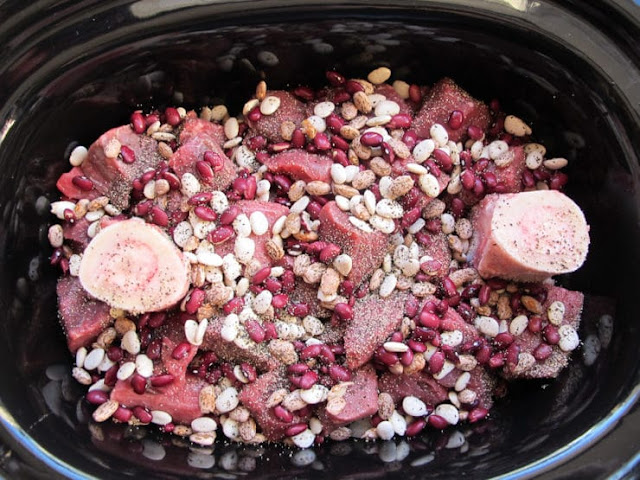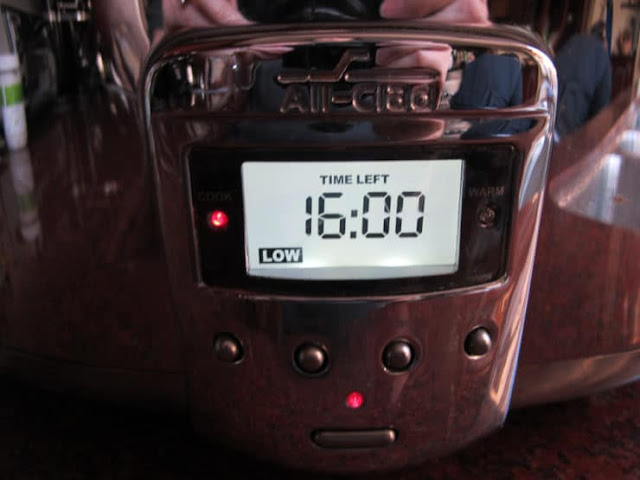PROTEIN OPTIONS optional
- 1/2 lb. tofu
- 1/2 lb. shrimp
- 1 large skinless chicken breast, cubed
- 1/2 lb lamb
CURRY
- 2 Tbsp coconut, vegetable or avocado oil
- 3 medium shallots, thinly sliced (or 1 small onion)
- 1 tsp whole cumin seed (or powder)
- 1 tsp whole coriander seed (or powder)
- 5 Tbsp red curry paste
- 1 ½ cups baby potatoes cut into bite-size pieces
- 2 large carrots, peeled and diced 1/4-inch thick
- 2 14-oz. cans coconut milk
- 1-1 ½ cups water
- 1/4 tsp ground cinnamon
- 1 dash each cardamom and nutmeg (if you don't have, omit)
- 2-3 Tbsp coconut aminos (or sub tamari or soy sauce, but start with less as they're saltier)
- 1-2 Tbsp brown sugar or coconut sugar (or sub stevia to taste)
- 2 Tbsp peanut butter (in place of traditional roasted peanuts — can sub roasted peanuts)
FOR SERVING optional
- Cauliflower Rice, Rice, or Quinoa
- Lime wedges
- Fresh cilantro
- Steamed or curried greens
- Roasted salted peanuts, chopped
Instructions
PROTEIN OPTIONS
- You have options for added protein or you can just stick with vegetables. Alternatively, add meat such as shrimp or chicken to the curry once it's simmering (during step 4) and simmer until cooked completely through.
CURRY
1. Heat a large pot or dutch oven over medium heat. Once hot, add oil and shallot. Sauté 2 minutes, stirring frequently. Turn down heat if browning too quickly.2. Add whole cumin and coriander seeds (or powder) and sauté for another 1-2 minutes, stirring frequently. Then add red curry paste and stir to combine. Cook for 1 minute more.


4. The liquid should cover all of the ingredients — if it does not, add a bit more coconut milk or water to cover. Bring to a simmer over medium-high heat.
5. Once it reaches a low boil, reduce heat to a simmer (add meat at this time if cooking with shrimp or chicken) and cook for 10-15 minutes uncovered. You don't want it boiling, so ensure it's cooking over low heat at a simmer.
6. Add lime in the last few minutes of cooking and stir. Then taste and adjust flavor as needed, adding more lime for acidity, salt or coconut aminos for saltiness, curry paste for heat / more intense curry taste, maple syrup for sweetness, cinnamon or nutmeg for warmth, or peanut butter for creaminess / more intense peanut flavor.
7. Stir and cook a few minutes more. Then turn off heat and let stand for at least 5 minutes before serving (this allows the flavors to meld).
To serve, divide between serving bowls and enjoy as is or with a side of rice, cauliflower rice, quinoa, or steamed greens (optional). Fresh lime juice, cilantro, and roasted peanuts (optional) make lovely additions as well.




